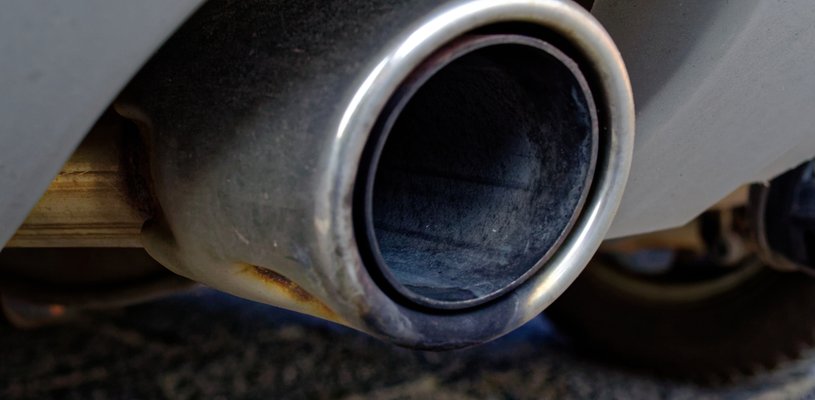
During 2018 and 2019, two new rigorous emissions tests are being introduced to provide vehicle buyers with more realistic information on the pollution that is created by cars and vans via their fuel or energy consumption. It is the biggest change to the testing of cars since the introduction of NEDC (New European Driving Cycle) in 1997. The new WLTP and RDE tests give consumers a more accurate test figure for every model variant of vehicle. In this article, we look at both these new tests and what they mean for you as a driver.
Related: What Does the Petrol and Diesel Ban Mean for Cars?
What is WLTP?
WLTP is the Worldwide Harmonised Light Vehicle Testing Programme, introduced by the European Union, which provides a new way of testing the fuel economy and emissions of vehicles. This new testing regime aims to provide a more accurate measure of a vehicle’s impact on the environment. WLTP tests will produce figures which are closer to what drivers will achieve in everyday use..
The test will now be 30 minutes rather than 20, and is twice as long in distance (14 instead of seven), features a reduced standstill time (13% instead of 23.7%), takes in a higher average speed (29 mph instead of 21 mph), and more regulated test temperature of 14 degrees (in Europe) rather than the 20-30 degree range on the current test.
From the 1st September 2018, only cars that have been homologated by WLTP can be sold in Europe. Volvo were the first company to have vehicles that were WLTP approved.
When will the new WLTP data be ready?
For every new vehicle on sale, there will be new fuel consumption and CO2 emissions figures, alongside driving range statistics for all plug-in hybrids and electric cars.
All hybrid, petrol and diesel cars will have their consumption figures based on the four different driving conditions: city driving (maximum of 35 mph), town driving (50 mph), rural driving (60 mph) and motorway (81 mph). There is also an overall figure calculated from all four tests, giving the vehicle an overall fuel economy figure.
For plug-in hybrids, because these vehicles have an engine with an electric motor that can be charged up via batteries, the mpg figures will be based on results from the batteries being depleted while the engine is running. Alongside this, there will be a combined figure for a car running on both battery and fuel engine during a long journey.
The figure for electric cars will only have a single consumption figure - this is based upon electricity used on a combined cycle. For plug-in hybrid and pure electric cars, two figures will be available: a city range gathered from the town and city tests, and a combined range from all tests. With all this extra data available, users can then understand which power combination will best suit the needs of their driving.
Related: 5 Reasons to Buy a Hybrid
What is RDE?
RDE is known as the Real Driving Emissions test and adds a real-world element to the WLTP laboratory tests to ensure complete accuracy. This test takes place on public roads and lasts for between 90 and 120 minutes. A strict combination of town, urban and motorway driving has to be included. Any elevation changes are mandated, as are the temperatures during the test.
As the accuracy of the test equipment is still being developed, authorities will only use it to verify certain pollutants - such as NOx - rather than use it to calculate fuel economy and CO2. Once the equipment improves, the difference allowed between the two tests will be narrowed. This puts pressure on car manufacturers to ensure that all figures are realistic for the general motorist.
Why have the new emissions tests been introduced?
For more than a decade, lawmakers and car manufacturers have been looking to change the NEDC tests. With the difficulty of finding a new test process that is fair and achievable, it has taken a long time for changes to be made. While some people attribute the changes to the Volkswagen Dieselgate Scandal of 2015, the timing is in many respects purely coincidental.
Will motorists be able to achieve the new figures of the emissions tests?
The NEDC tests were previously criticised for not giving motorists an mpg that was achievable. The results from the new tests are expected to be 22% lower than previous figures, although there is still no guarantee that drivers will achieve the figures produced. The biggest variables of mpg remain - driving style, car weight, road and weather conditions.
Related: 5 of the Best Hybrid Cars in 2018
With WLTP and RDE in place, it should now be easier for you decide which vehicle is right for you. Whether you want to buy a new van or car, we have the right one for you. Contact us today for more information on our range.


